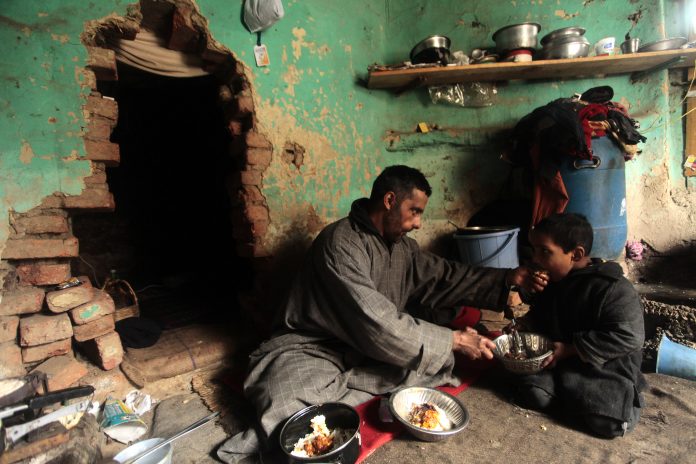By Auqib Javeed, TwoCircles.net
In conflict-torn regions, people are often so busy protecting themselves that there is often no one to speak for the voiceless. It is no secret that leper patients have long been shunned by the society for no fault of theirs but it isn’t just the patients that have been pushed into isolation, their future generations too have had to bear the stigma associated with the disease.
Shahid, 21 (name changed) feels that he and his neighbours are facing punishment for a ‘crime’ that they never committed. “Discrimination and isolation are synonyms to our miserable lives. The society refuses to acknowledge us just because we are the grandchildren of leprosy patients”, Shahid says.
In the 1890s, due to the unavailability of permanent treatment, leprosy patients from different parts of Jammu and Kashmir were taken away from their family and friends and housed in a former Mughal fort in Bahrar area of Srinagar on the banks of Nigeen Lake by the British missionaries. Since then, it has come to be known commonly as the lepers’ colony.
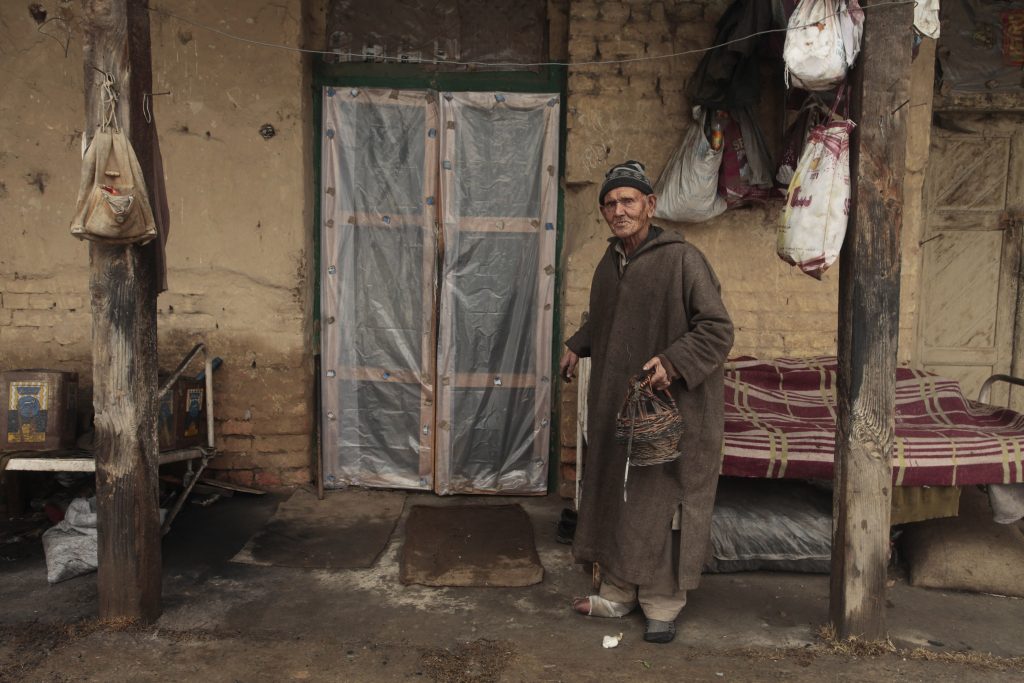
The colony – which in the beginning housed only people affected with leprosy – is now home to the children and grandchildren of the patients as well. Due to the stigma still associated with the disease, the younger generations have not found acceptance among the larger society.
Although the disease is now fully curable and has been proven to be non-contagious, leprosy is still considered as a curse and the myth that whoever touches a leper will catch the disease is continues to find acceptance. This is probably why none of the future generations of the affected patients have found acceptance in the society and continue to be shunned on a daily basis.
“The biggest problem is that we are living in this colony which has been separated from the society since decades. Our grandparents were the patients and the government rehabilitated them here, they couldn’t do anything for their children…the third generation still lives here in this colony along with them,” says Shahid, a class 12 student at a Government school in the Srinagar city.
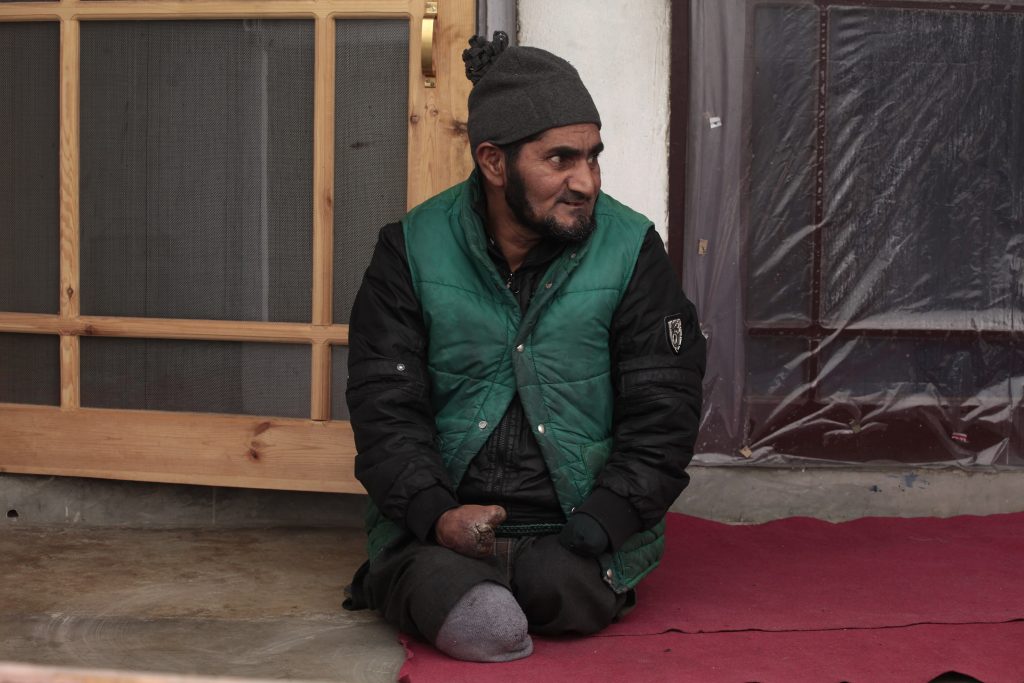
He says that the state government couldn’t do enough for them to remove the “social stigma”. He also blames the heads of society and religious scholars for not spreading enough awareness regarding the disease among the general masses. “We rarely make friends out of this colony, because we fear that if they come to know about our background, their first reaction would be to sever all ties with us”, Shahid says. “Even if they will accept us despite our background, their parents who might not be as aware, might force them to cut us out of our lives. It has happened to me more than once that when I visited a friend’s house, they kept a separate cup for me in the fear that anything I touch or sip from might be contaminated.”
Shahid prefers not to be social; he likes to keep to himself not because he is a child of a leper family, but because he has grown in an environment where people have been kept isolated and have had no acceptance in the society.
His friend, Umair (name changed) from the same colony says he too like to stay away from the society and spend time alone.
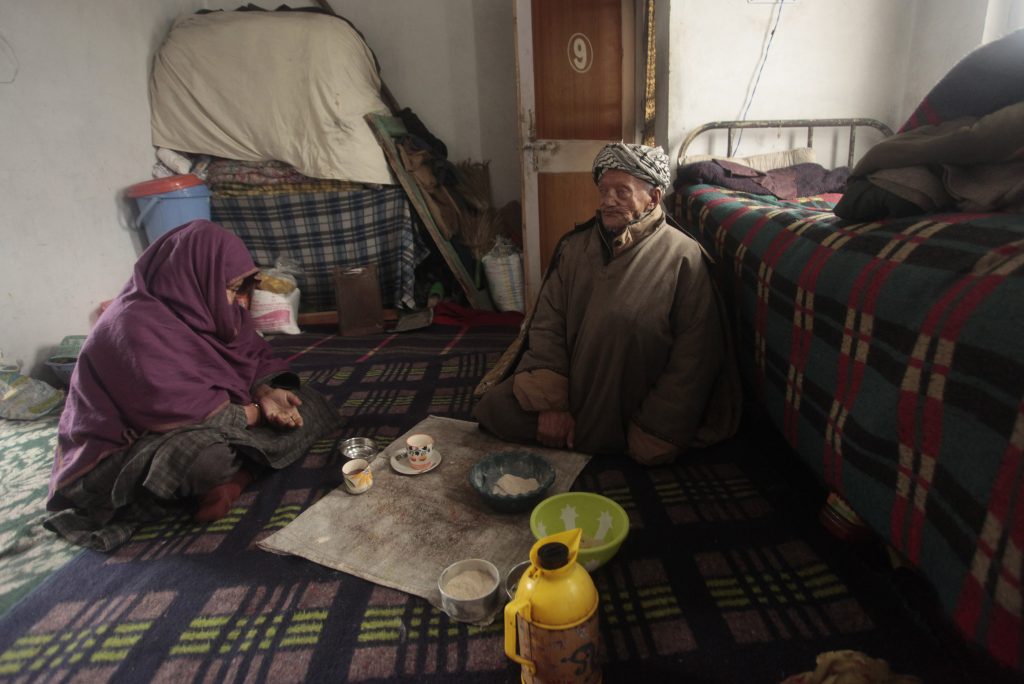
“You can observe a similar behaviour in almost all the kids of the colony. They like to spend time alone because we have grown in that environment from childhood. I was also like them but ever since I started school, I have become more open in my interactions with people,” Umair says.
Umair’s school is situated in Lal Chowk in the heart of the city. Apart from his studies, he has started his own business online and is delivering his handmade products via courier to people. He says the government should start a special rehabilitation policy for the children of the leper patients.
“Humara dham ghut raha hai yaha. Hum kisi be tara se yahase nikalna chatay hai (We are suffocating here, we just want to live normal lives and be accepted by the society). The government should think of us, they can’t leave us on God’s mercy here,” Umair says.
According to Nasir Ahmad, an inhabitant, the colony houses 62 single-storied cemented white houses called residential quarters, 4 barracks-like mud structure designated as male and female wards, a double-storied hospital, a graveyard and a mosque.
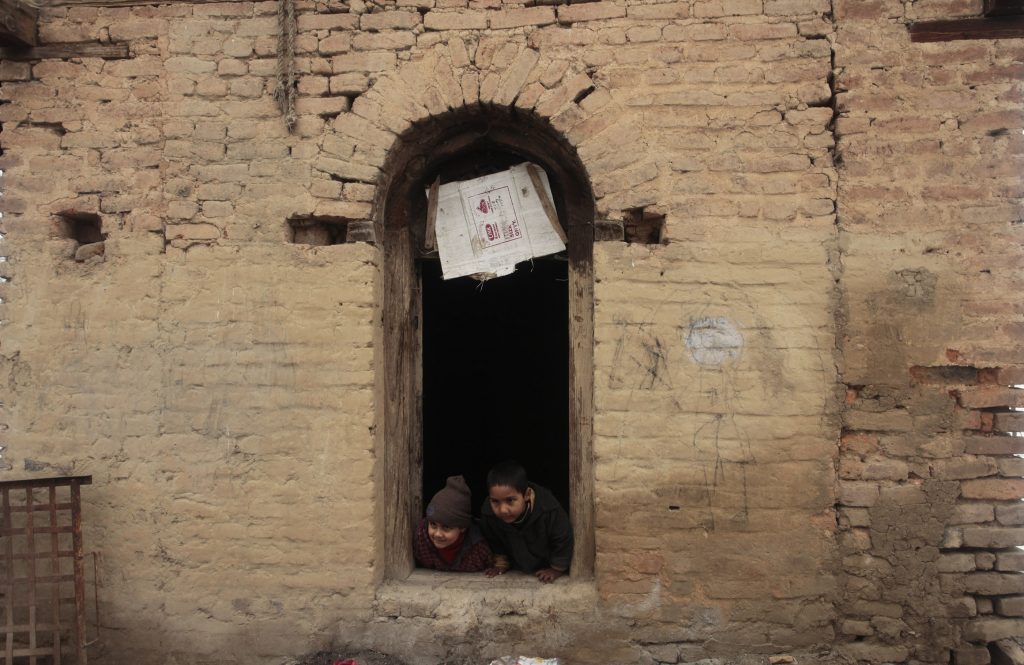
Like Umair and Shahid, there are many young people who can’t imagine making friends outside the colony. “We can’t even think marrying outside this colony-which parent will be ready to send their daughters here or accept our daughter?”Umair questions.
According to them, this stigma will not leave people’s mind unless the Government rehabilitates them somewhere else.
Shazia, a 24-year-old woman is preparing for an examination to get a job in a local bank. Like Umair and Shahid, she has a similar story to narrate. “When I was in college, I didn’t make friends. I also never told them where I lived. I never went to their house because I feared that if I went, they would insist that they visit mine. What would I have shown them?” she says.
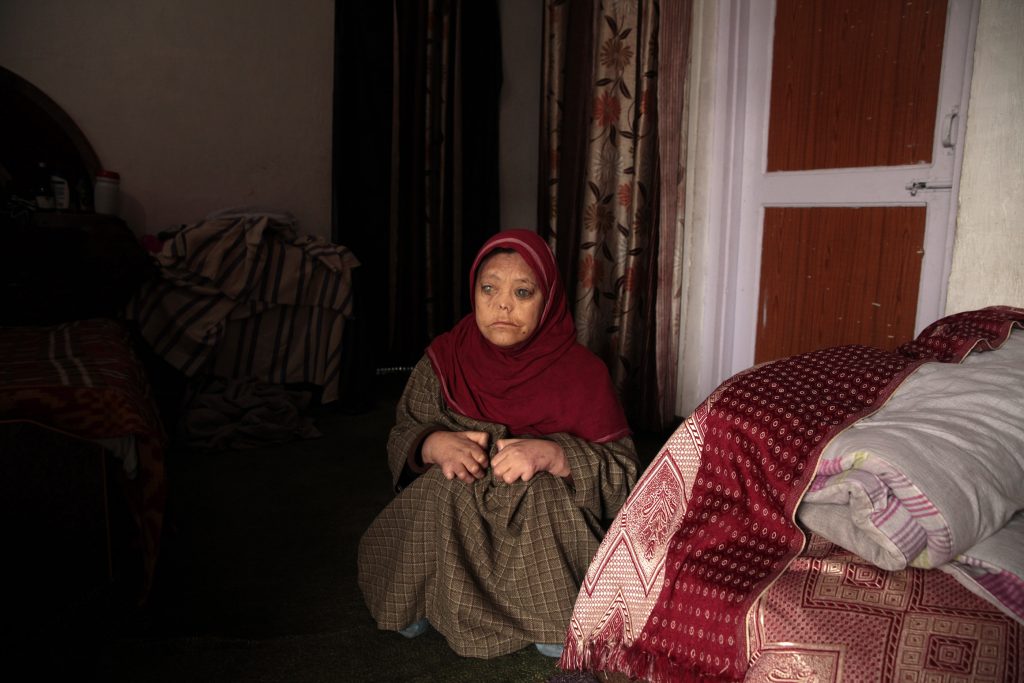
Shazia did her bachelors from Women’s College, Srinagar followed by Masters in Commerce through distance education. She says life in the leper colony for a girl is the worst thing that can ever happen. When she was in college, she didn’t reveal her identity to other girls fearing isolation and mockery. “I don’t know how they would have reacted. Maybe they would have been accepting, but I wasn’t brave enough to put that to test. We have had to always stay aloof,” says Shazia. She is always worried about her future. “Even if I do get a good job, it would be very unlikely that I will ever find a suitable groom who will agree to take a leper family’s daughter as his wife.”
“A girl from our community got engaged outside the colony although they too were living outside the colony for quite a while as they were financially very sound. But even then, they couldn’t get rid of the leper tag. When the parents of the boy came to know this, they called off the engagement,” Shazia says adding that the girls of the colony live with this fear every day. “I don’t know what will happen to us”.
She too is of the view that the state government should shift them to other locations and they should take the necessary steps so that they too will be able to mingle with the society.
Shazia says the disease here has reached near elimination stage. It is no longer a threat. “Why should the third generation of lepers be kept in an isolated colony and purposely made to bear the stigma associated with it?” questions Shazia.

